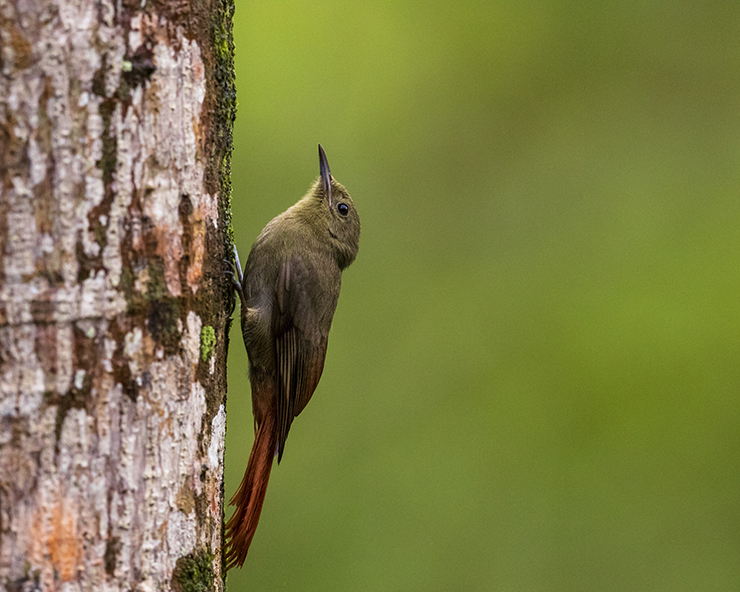
The exploration of triads within the avifauna of Trinidad and Tobago has taken me through various families and species groups on this blog. It’s taken a life of its own to be honest. While this post isn’t entirely following that trend, it loosely is. On the smaller island of Tobago there are three species of woodpeckers and three species of woodcreepers – one of each is found on Tobago but not Trinidad.
Woodpeckers are charismatic birds, and when a Golden-olive Woodpecker makes an appearance within the darkness of the rainforest they always elicit gasps of wonder and awe.
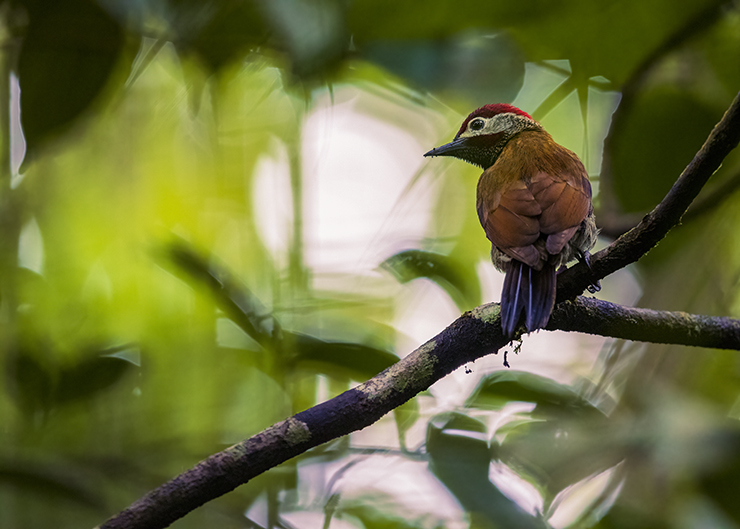
Golden-olive Woodpecker
An interesting tidbit to note about the Red-rumped Woodpecker is that while it is found on both Trinidad and Tobago, they inhabit differing habitats on each island – mangroves on the former, rainforests on the latter.
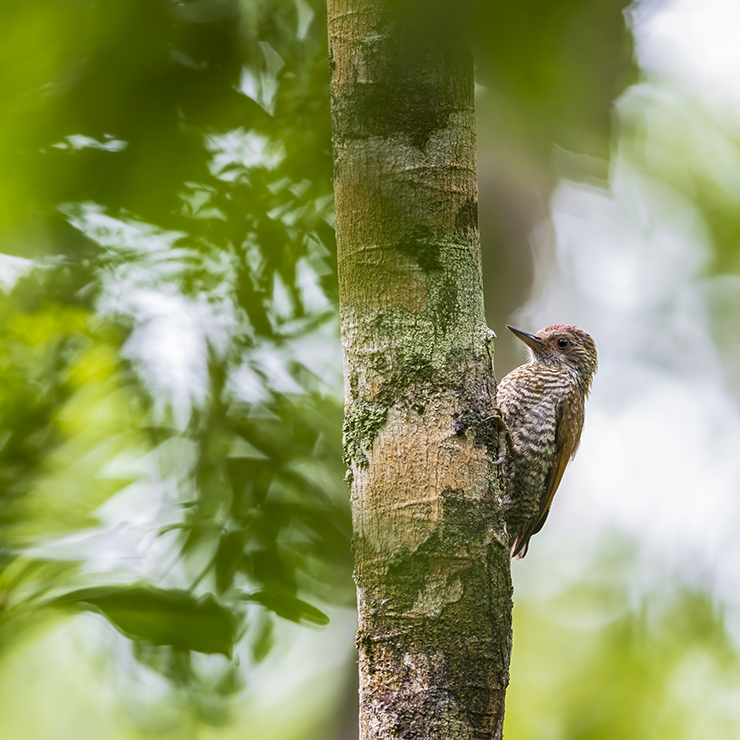
Red-rumped Woodpecker
By far the easiest woodpecker to see on Tobago is the Red-crowned Woodpecker. Well-adapted to urban and suburban life, mangroves, as well as both dry and wet forest, this woodpecker has also been observed perching on hummingbird feeders. Nectar may be the main driver for this behaviour, but they will certainly not pass on the opportunity to nab any insects attracted to the feeder.
The Red-crowned Woodpecker is one of several species that are found throughout northern South America and Tobago but are absent from Trinidad. The other species mentioned here with a similar distribution is the tiny Olivaceous Woodcreeper.
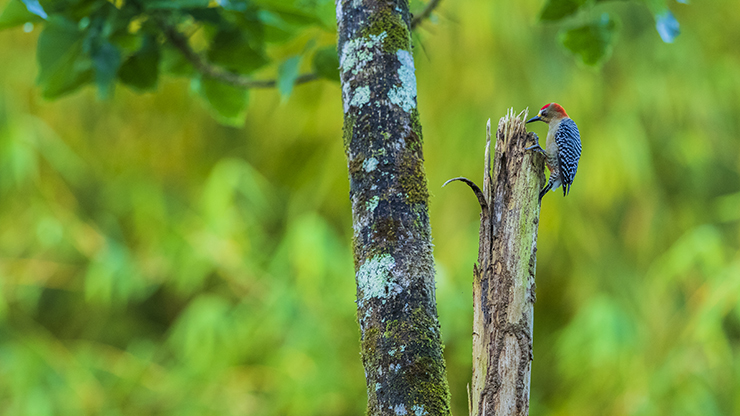
Red-crowned Woodpecker

Olivaceous Woodcreeper
Larger woodcreepers tend to be more detectable, but this does not always filter down into being easier to see. I have found that Cocoa Woodcreepers have a wicked habit of vocalizing loudly while sitting on the side of a tree trunk that is hidden from view. Not only are they the largest woodcreeper in T&T, I believe they are also the loudest. Their rich musical calls can be heard from considerable distance.
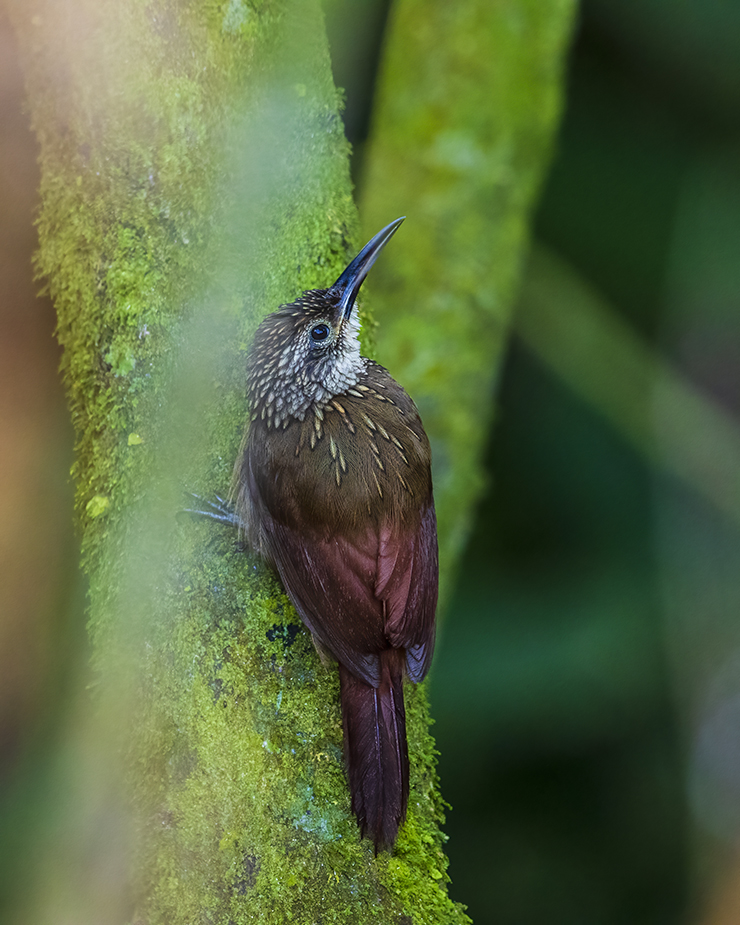
Patience and luck is required to get a good view of any woodcreeper, though. This Cocoa Woodcreeper was hunting for a meal around a fallen tree and thankfully was eye level long enough for me to get a decent photo showing off its enchanting facial patterns.
On the topic of patience, the Plain-brown Woodcreeper follows rivers of army ants as they course through the forest floor, much like antbirds do. The ever-resourceful woodcreeper simply perches motionless on a nearby stump and waits for any insects or small invertebrates seeking refuge from the marauding ants to climb into striking range.
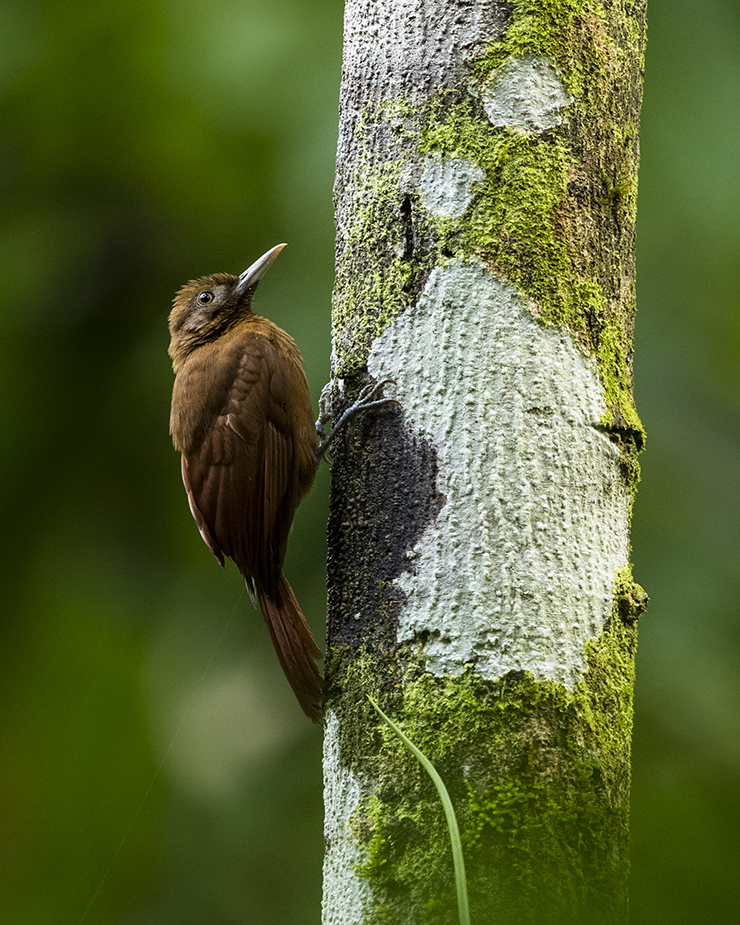
Plain-brown Woodcreeper
All six of these species are relatively easy to see, while they may not fit the description of “charismatic species” according to some unkind people, they are nevertheless wonderful and exciting birds to encounter on any birding trip.













Loved the post, as many others by you.
Thank you!